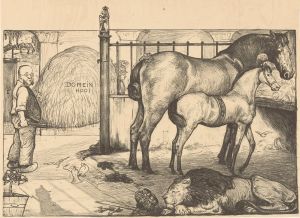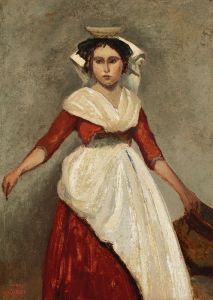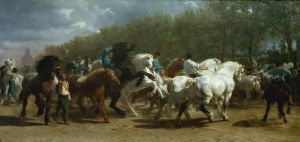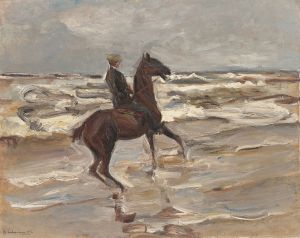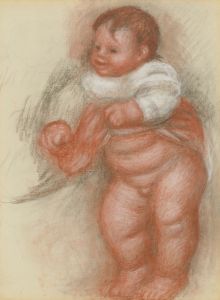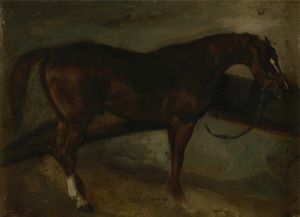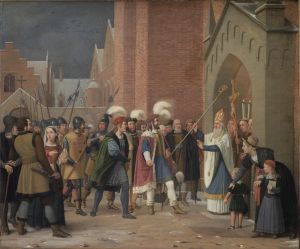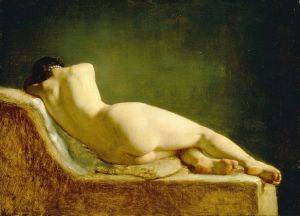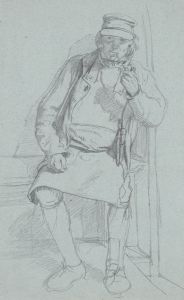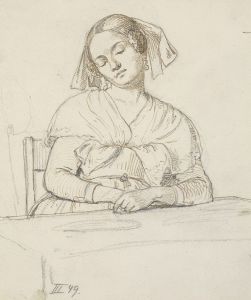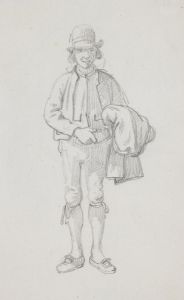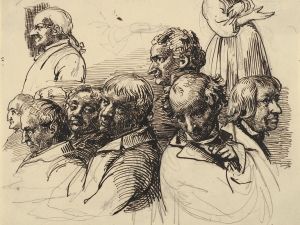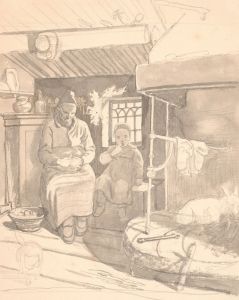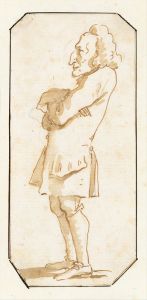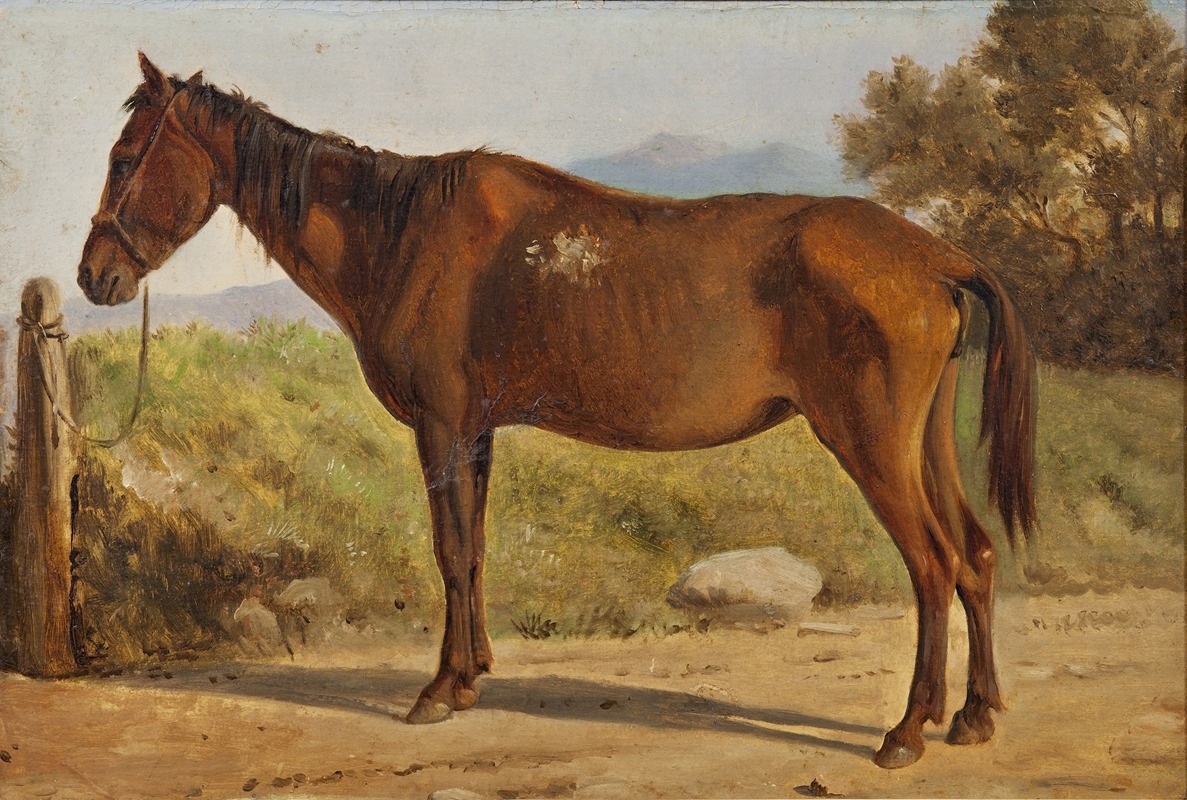
Rosinante
A hand-painted replica of Wilhelm Marstrand’s masterpiece Rosinante, meticulously crafted by professional artists to capture the true essence of the original. Each piece is created with museum-quality canvas and rare mineral pigments, carefully painted by experienced artists with delicate brushstrokes and rich, layered colors to perfectly recreate the texture of the original artwork. Unlike machine-printed reproductions, this hand-painted version brings the painting to life, infused with the artist’s emotions and skill in every stroke. Whether for personal collection or home decoration, it instantly elevates the artistic atmosphere of any space.
Wilhelm Marstrand, a Danish painter and illustrator, created the painting "Rosinante" in the mid-19th century. Marstrand was born in Copenhagen in 1810 and became one of the leading figures in Danish Golden Age art. He is well-known for his genre scenes, portraits, and illustrations, particularly those inspired by literary works.
"Rosinante" depicts the iconic horse of Don Quixote, the titular character from Miguel de Cervantes' celebrated novel "Don Quixote," first published in 1605. The novel is a cornerstone of Western literature and follows the adventures of a nobleman who, inspired by chivalric romances, sets out to revive knighthood and bring justice to the world, accompanied by his loyal squire, Sancho Panza, and his faithful steed, Rosinante.
Marstrand's interest in literary subjects is evident in his body of work, and his illustrations for "Don Quixote" are among his most acclaimed. The painting "Rosinante" captures the essence of Cervantes' character, portraying the horse with a sense of both nobility and comic frailty, reflecting the dual nature of Don Quixote's quest—both heroic and absurd.
In "Rosinante," Marstrand employs his characteristic attention to detail and expressive brushwork. The horse is depicted with a lean, almost skeletal frame, emphasizing its age and the quixotic nature of its master's endeavors. The background and setting are rendered with a sense of realism that contrasts with the fantastical elements of the story, grounding the scene in a tangible reality while still evoking the whimsical spirit of the novel.
Marstrand's ability to convey narrative through his paintings is a testament to his skill as both an artist and a storyteller. His work on "Rosinante" and other illustrations for "Don Quixote" were highly regarded and contributed to his reputation as a master of genre painting and illustration. These works also reflect the broader cultural interest in Cervantes' novel during the 19th century, as Romanticism and a renewed interest in medieval and Renaissance literature swept through Europe.
Wilhelm Marstrand's contributions to Danish art and his interpretations of literary classics have left a lasting legacy. His depiction of Rosinante stands as a vivid representation of the enduring appeal of Cervantes' characters and the timeless nature of their adventures. Through his art, Marstrand has brought to life the humor, pathos, and humanity of Don Quixote and his world, ensuring that these stories continue to resonate with audiences today.





